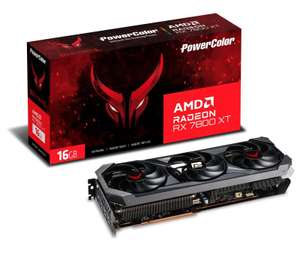
- Home
- Electronics
- Computers & Tablets
- PC Parts
- Graphics Card

Graphics Card Deals & Offers
23 active deals313,663 commentsAll Graphics Card discounts and offers overview - April 2024

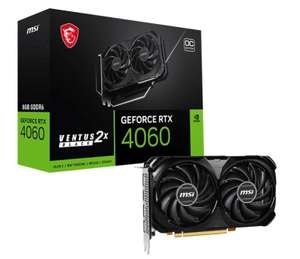
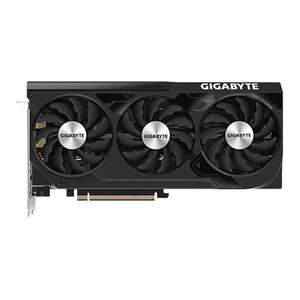
Graphics Card price comparisonPowered by
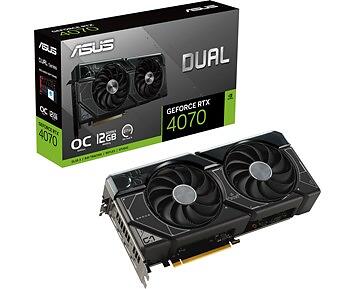 18 offers
18 offers
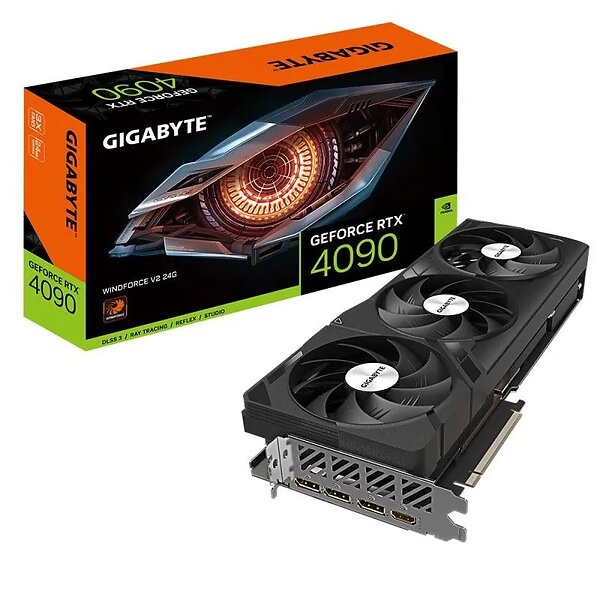 13 offers
13 offers
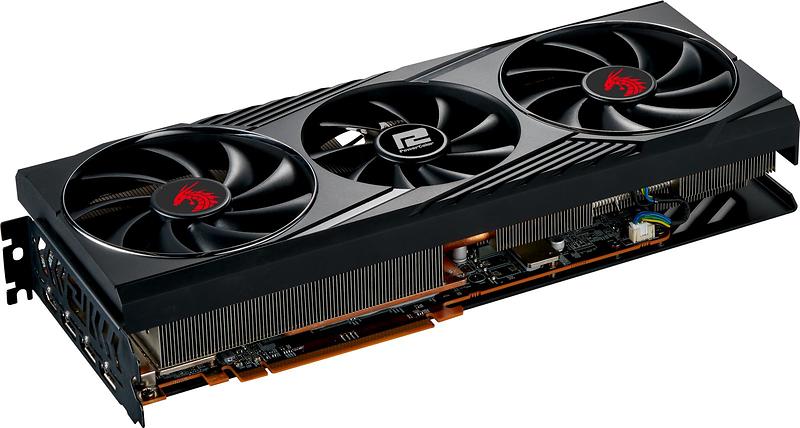 7 offers
7 offers
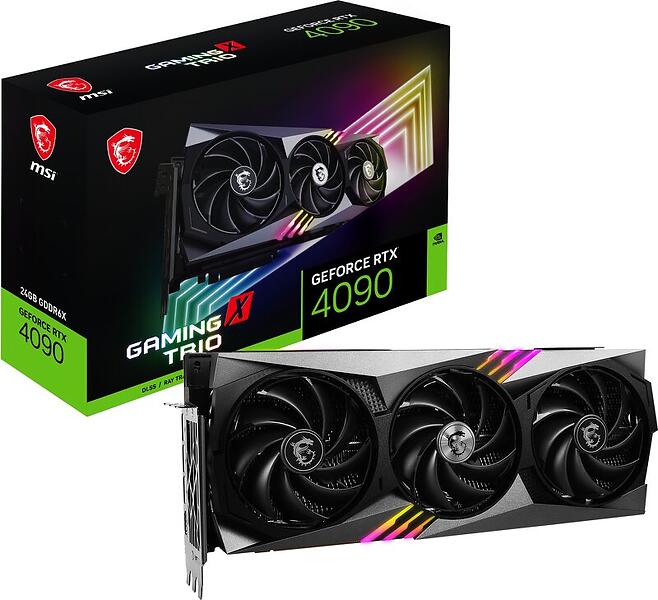 16 offers
16 offers
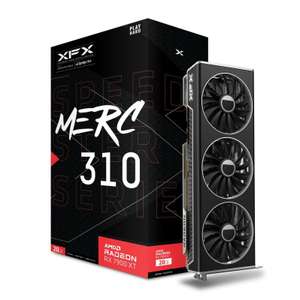

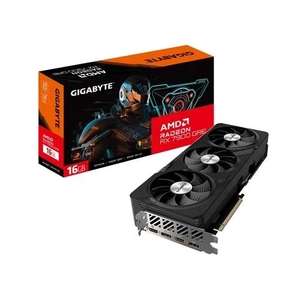
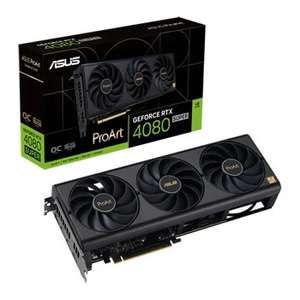
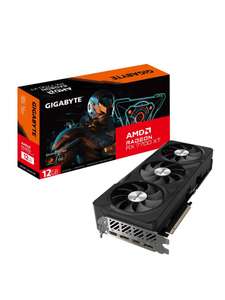
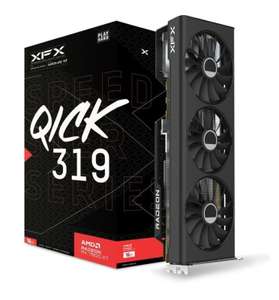
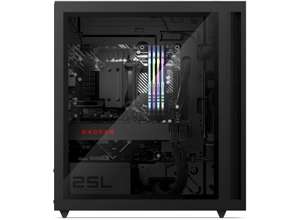
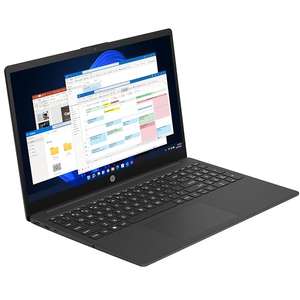
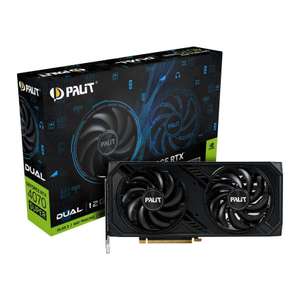

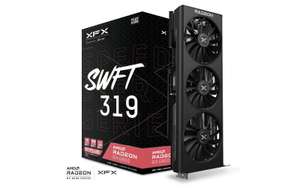
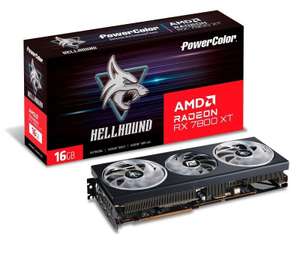
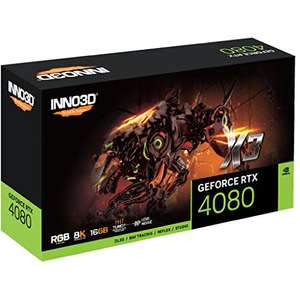
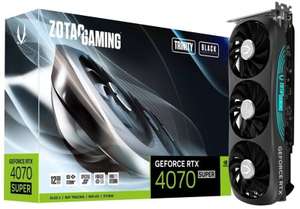
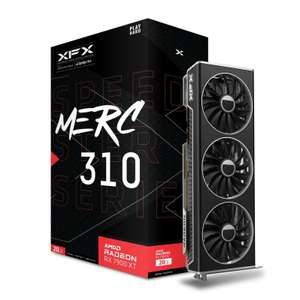
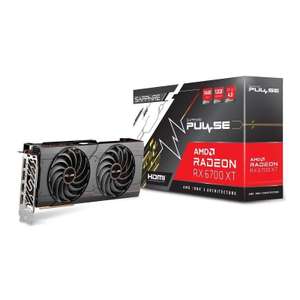
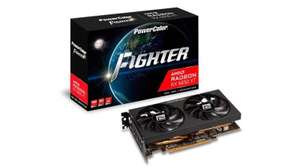
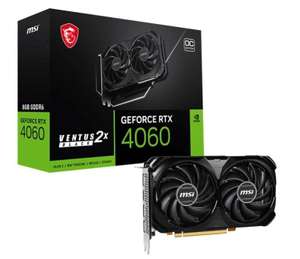
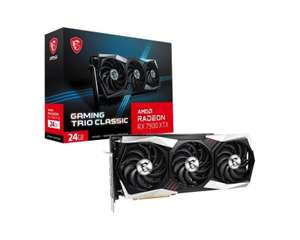
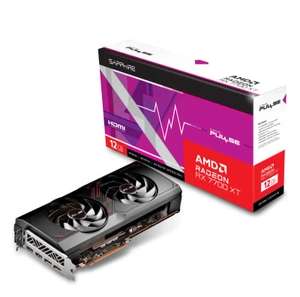
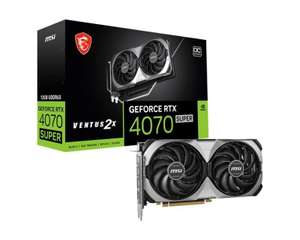
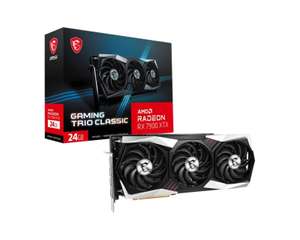
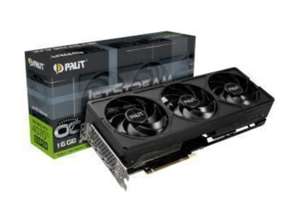
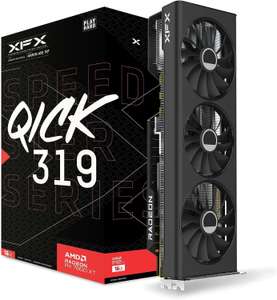
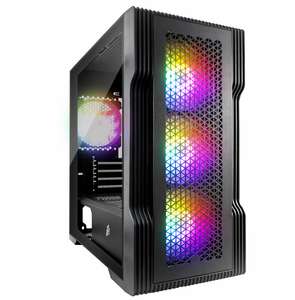
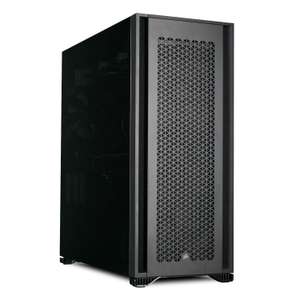
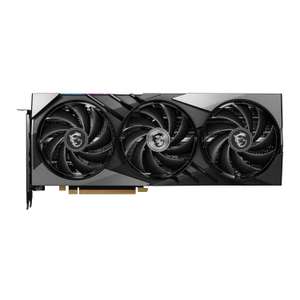
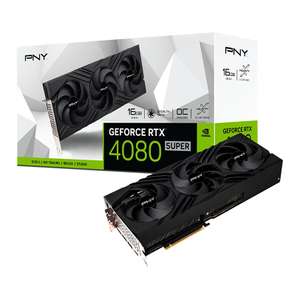
Graphics Cards: Bringing Games to Life
Graphics cards turn data from your computer's processing unit into images that ultimately show on your monitor. While most of modern PCs come with built-in graphics chips, people who regularly use multimedia software, gamers, and designers, may need something more advanced and high-tech. A graphics card is attached to the motherboard of a computer in the PCIe expansion slot. It works best when combined with an HD monitor, providing advanced graphics processing and improved image quality.
This buyer's guide will set out the main graphic card features to look out for, and where to find the best graphic card deals. So read on to find out more.
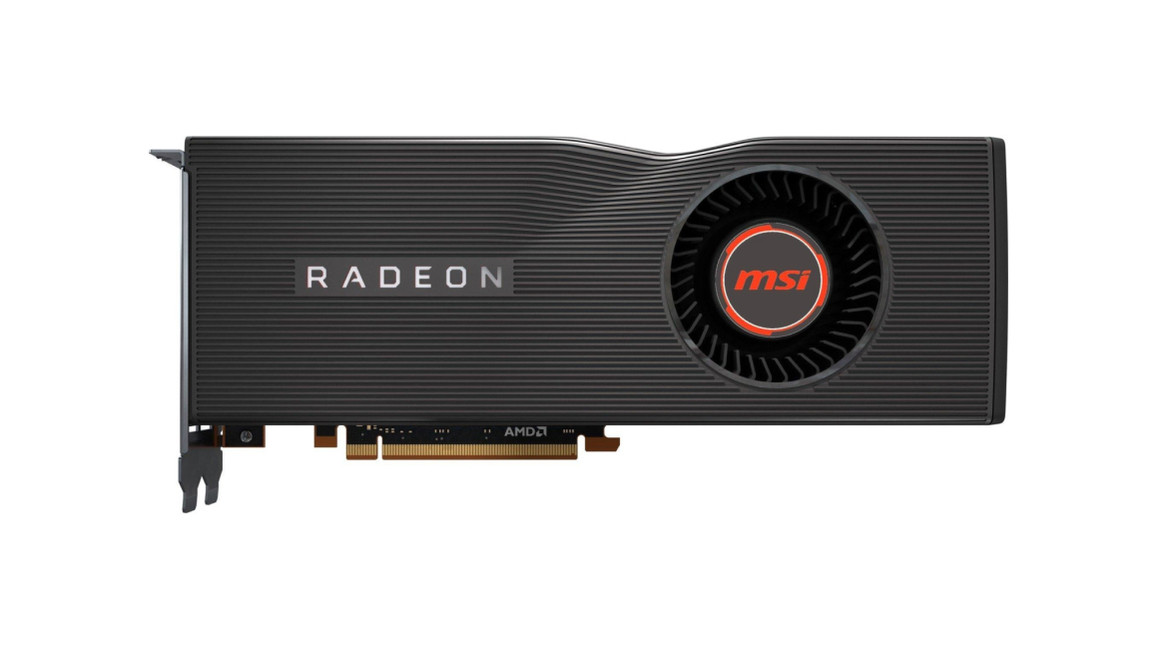

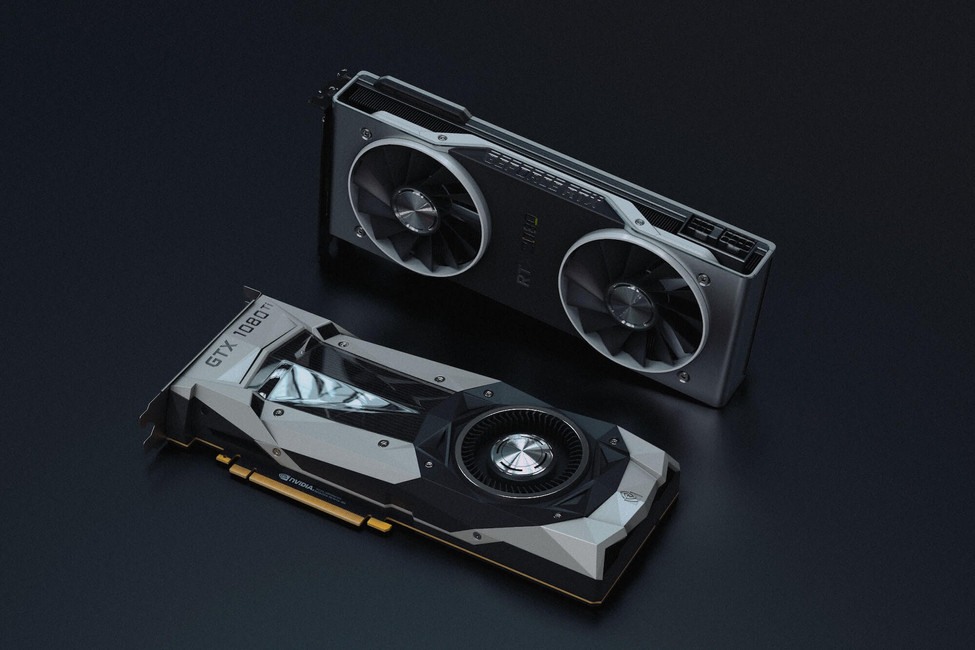
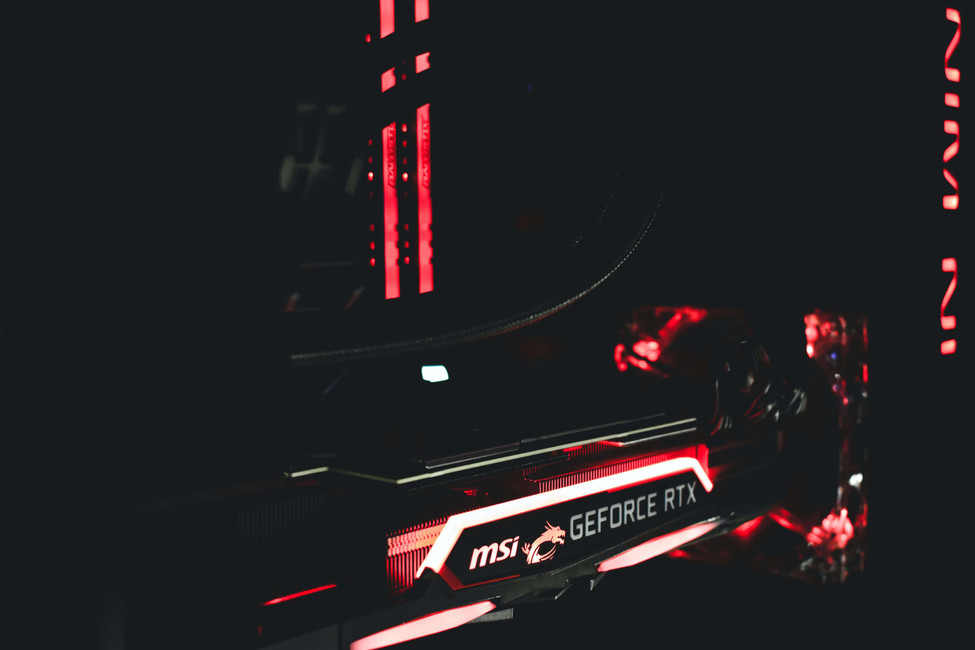
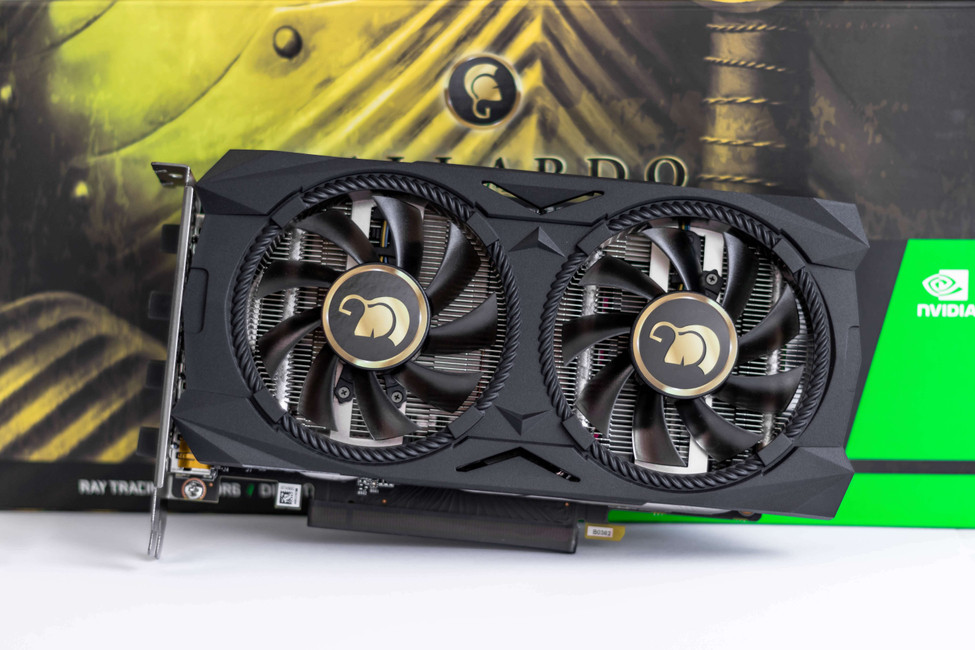
What to Consider Before Buying a Graphics Card
If you want to upgrade your computer, one of the best ways to go about it is by investing in the right graphics card. For avid gamers this is worth an investment, but it can be difficult to choose which one suits your needs. Here are five things to consider when making a decision:
- Only Pay For What You Need
The cards that provide the highest level of performance aren’t cheap. You can easily pay over £500 for a card that has all the latest features and is designed to work perfectly on a large monitor. However, you might not even notice the extra functionality so unless your setup specifically demands a higher version, you will find that a mid-range card works totally fine.
- Decide What You Want Beforehand
When you start looking for a graphics card you’ll find a wide array of cards with different strengths, features and statistics. Unless you already know exactly what you need, it can be difficult to figure out which card fits your scenario. Find out which specs are important by looking at the requirements of the game or other software you intend to use, then use those as a guide.
- RAM Matters
Of all the specs on a graphics card, one of the most important aspect is RAM. This determines the amount of memory a card has to work with, although it runs separately from the built-in RAM of your computer. A card with sufficient RAM can deliver clearer and faster graphics.
- Reference vs. Non-Reference
Major graphics card producers like Nvidia and Asus, develop and manufacture the cards before selling them in two different ways. Customers can buy directly from them or from other suppliers to which the manufacturers provide their products. However, note that these suppliers make some modifications to the cards before selling them to consumers and thus their versions are usually known as non-reference cards, or aftermarket cards. They may have higher-spec components and better cooling systems than reference cards sold by the original suppliers but can also be more costly as a result.
- The Cooling System
One of the most commonly modified components of a graphics card is the cooling system. It is what keeps the card below a certain temperature threshold when it’s in use and safeguard it from overheating. If you are not planning to use run the card for a prolonged period of time, a single fan version that propels hot air out and away from your PC should be sufficient. For users of high-powered applications for a longer period of time, a card with two cooling fans, or even a water-based cooling system, could be worth it.
- Any Compatibility Issues?
As with any tech items, graphics cards can present compatibility issues. Check if your computer has the required input port and if can handle the power the card consumes. Otherwise, a separate power supply may be required in addition to an adapter. You might also want to think about where the card will be housed and whether it will fit inside your tower.
- Look at Benchmark Results
After you decide on what type of graphics card you are purchasing, there are many websites where you can read about how it performs, particularly in comparison to other similar items. These comparison results will give important tips like how much stress the card can take before it begins to show signs of lag or other weakness. This information is extremely helpful as a last step for deciding if the card that you chose is the right decision.
What are the Different Types of Graphics Card?
If you are considering replacing your current graphics card or getting a new one for the first time, read below to find out what is best for your use. Here we provide the descriptions of the three main types of graphics card:
Integrated Graphics Cards — This type of graphics card usually comes with your PC. This is a part of your computer’s motherboard, or the central processing unit (CPU). Although it cannot usually be removed, you can add another graphics processor to increase your PC's capabilities. If you mainly use your computer for casual 2D games, videos, documents and Internet surfing, an integrated solution will be sufficient for your needs. These aren’t particularly graphics-intensive activities, so you should rarely experience lag or crashes. Nevertheless, you can play some 3D games but make sure you set the graphics low so it won't interrupt with your gameplay.
Mid-Range Graphics Cards — If you play games or videos that require a more powerful GPU, like GTA 5, Red Dead Redemption 2, or Far Cry 5, then you might want to look into mid-range graphics cards. Units with the Sapphire technology from AMD are especially useful if you like using a larger monitor or a display, of which the resolution is around 1080p or 4K. There are more advanced options but if all you do is playing HD games with your existing setup, this should suffice. Assuming your PC has a spare PCIe slot, this type of card can fit in very easily and deliver an immediate boost to your gameplay. You can tweak the settings in each individual game to get the best results and also take full advantage of any software provided by the card manufacturer.
4K Gaming Cards — For those who expect excellent results regardless of which level of screen resolution they use, a high-end card will give you the maximum results. If you are planning on using a 4K monitor you’ll need a card that is made for this. This type of card is a necessity if you plan to play one of the new virtual reality games designed to be used with the Oculus Rift headset or other VR hardware. The graphics cards in this category are not the most affordable ones, but if you want to have the freedom of playing any modern game and enjoy their full quality, then you’ll need one of these top range GPUs. Good examples are the GTX 1080 and the Quadro M4000 from Nvidia.
Comparing Graphics Cards
If you're looking at buying a new graphics card, then you'll want to weigh up what currently on the market. GPUs can be very expensive, so think about your exact needs as theirs no point buying a graphics card for over £1000 if you are only going to use it to play minesweeper!
In our comparison below, we'll start with one of the best graphic card on the market, and the most expensive, the Nvidia GeForce RTX 2080 Ti. As the RTX 2080 Ti isn't a cheap graphics card, we'll then compare some less expensive and more cost-effective models, Nvidia GeForce RTX 2070, AMD Radeon RX 5700, AMD Radeon RX Vega 64, all of which would be more suitable for the average user.

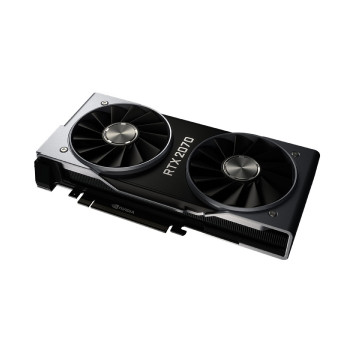
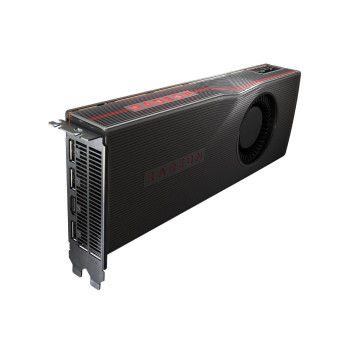
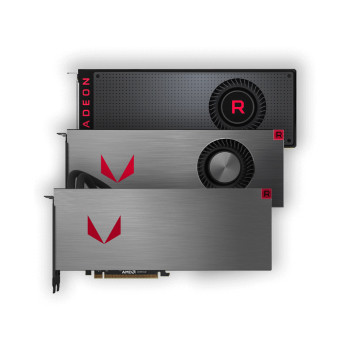
 |  |  |  | |
| Nvidia GeForce RTX 2080 Ti | Nvidia GeForce RTX 2070 | AMD Radeon RX 5700 | AMD Radeon RX Vega 64 | |
| Uses | 4K / VR / Gaming | 4K / Gaming | 1080p and 1440p / Gaming | 4K / VR |
| Memory | 11GB GDDR6 | 8GB GDDR6 | 8GB GDDR6 | 8GB HBM2 |
| Memory Bandwidth | 616GB/s | 448GB/s | 448GB/s | 484GB/s |
| Boost Clock | 1635MHz | 1620MHz | 1725MHz | 1546MHz |
| CUDA Cores / Stream Processors | 4352 | 2304 | 2304 | 4096 |
| Max. Resolution | 7680 x 4320 pixel | 7680 x 4320 pixel | 7680 x 4320 pixel | 5120 x 2880 pixel |
| Max. Monitor Supported | 4 | 4 | 6 | 4 |
| Interfaces | Display Port / HDMI / USB Type-C | Display Port / HDMI / USB Type-C | HDMI / 3x Display Port | 2x Display Port / 2x HDMI |
How to Identify A Graphics Card
If you’re not sure which graphics card you have, this is how you find out. Follow the simple steps provided below on your Windows PC:
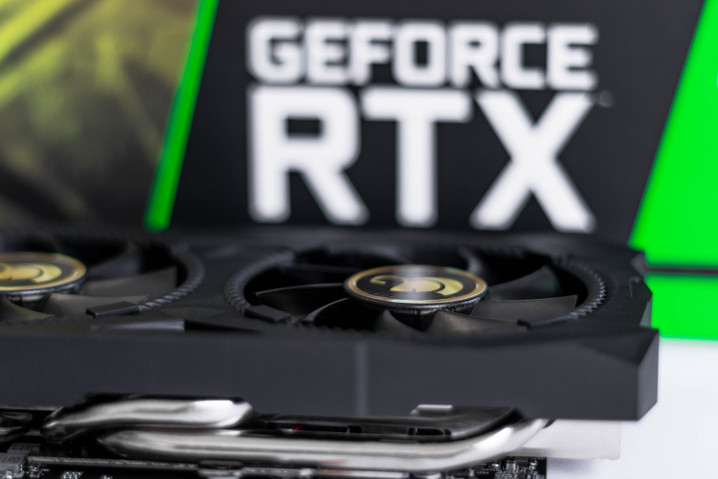
Start by right-clicking on desktop.
Choose "Screen Resolution" and then "Advanced Settings".
A pop-up will show the details of the card under "Adapter Type".
This should show the hardware and the memory.
Click "Properties" to see further details.
Graphics Card Accessories
From brackets that secure the card placement to extra adaptors, accessories can help you get the most out of a graphics card:
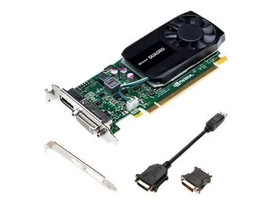
You can combine a high-powered adapter with your GPU if you plan to connect it to a number of separate displays, but bear in mind that even entry level GPU has 2 ports that means you can plug in 2 displays. But if you need more monitors, then an adapter allows you to double or triple the amount of workspace you are currently using.
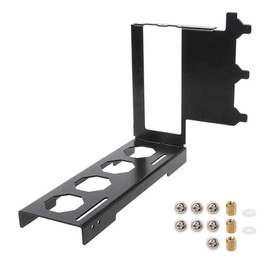
A graphics card bracket is used to mount a graphics card in a way that suits the user. You can find a range of brackets from low profile ones to more prominent ones. Brackets can help prevent the GPU sag problem of larger cards.
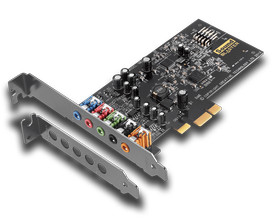
A sound card amplifies the audio of a PC, delivering clearer sound to go with the refined visuals of a good graphics card. Together with a sound card, a graphics card can provide a far more immersive gaming experience.
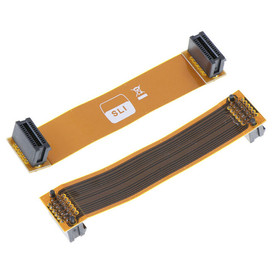
This specialised device bridges two different graphics cards, doubling the frame rate. A SLI bridge is neither compatible with all types of graphics card not is necessary, but it can be improve the performance of two cards if you have one very high-performance card and one relatively low-tiered version. Some SLI Bridges have lights and logos that enhance the overall appearance of a rig.
Graphic Card Questions Answered
Simply, a graphic card takes binary data and decides how pixels on the screen are used to create an image, and then it sends that information through cables to the monitor.
The on-board memory of a graphics card can range from 2GB to 11GB and your decision should depend on how much memory size your system can process. This memory is separate from that of the PC and used exclusively by the graphics card. Currently, there are few benefits for getting a storage above 4GB, as even the most high budget games with demanding graphics do not require this much storage. The only reason for choosing a GPU with 6GB or above is to prepare your system setup for future upcoming games.
Most modern motherboards (CPU) and GPUs use PCI-E 3.0 slots, so as long as the card fits physically fits in the computer, any graphics card should be compatible with any motherboard.
Installing a sophisticated GPU can improve a computer's performance and a better graphics card can significantly improve a computer's gaming ability.
Most GPUs don't come with HDMI or DVI cables, so you'll need to buy them on top of GPU purchase.
How to Get the Best Graphics Card Deals
Retailers like Currys PC World, Amazon and CCL Online carry an excellent selection of cards of all levels, basic, mid-range and high-performance graphics. You can also take a look at the virtual shelves of manufacturers like NVidia or AMD to shop the latest releases.
There are numerous graphics cards for every level of budget. During the Black Friday sales, major retailers like Amazon and Argos offer big discounts on technology items and provide shoppers a chance to save up to 25%. Additionally, they also offer GPU deals around the Christmas period and other annual sales in the summer or spring. During these times, you can also find graphics card sales at stores like Currys, Maplin and eBay.
Upgrade Your Graphics With GPU Deals From hotukdeals
hotukdeals collects up-to-date graphics card discount and promo codes on the page dedicated to graphics cards only. Shoppers can find the right GPU for them at a bargain with hotukdeals.
